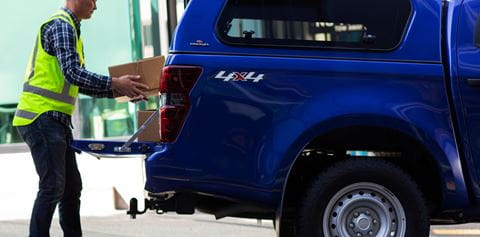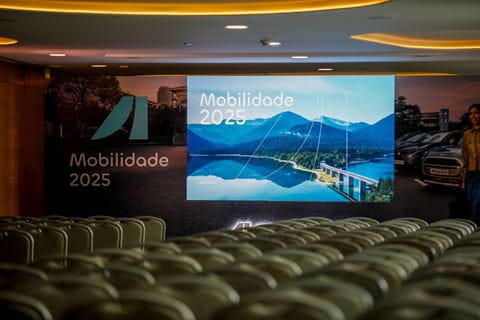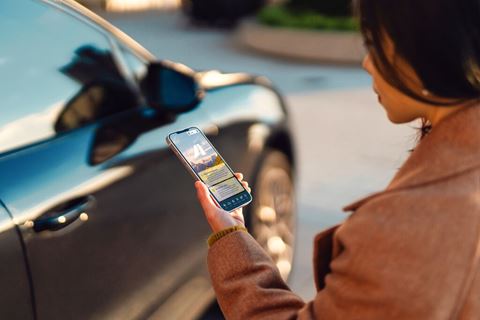
How to reduce consumption
With the increase in fuel prices, you need to pay more attention to your wallet and any saving tips are welcome. If you follow these suggestions, you can save more than a litre of fuel per 100 kilometres.
Any careful driver can make their car use less fuel and, as a result, reduce its polluting emissions. But there are a number of efficient driving techniques (and other related tricks, starting off with taking care of your car) that work well and are easy to implement. And they apply to all models, whether petrol, diesel, hybrids etc. The results can be felt immediately, doing the maths or setting the on-board computer to zero. Savings can be more than one litre of fuel per 100 kilometres.
Get to know some driving techniques to reduce the consumption of your commercial vehicle:
- Maintenance
A basic operation, changing the oil and filters, helps the engine run better and it is the first step towards reducing fuel consumption because internal friction is reduced. And it's also noticeable behind the wheel, because the car will generally run more smoothly than before. Savings range from 0.1 to 0.4 litres per 100 kilometres.
- Tyres
Increasing tyre pressure slightly by one or two tenths of a percentage point above the manufacturer's recommended value will also reduce tyre costs by reducing rolling resistance.
Tyre pressure should be set when the tyres are cold, in other words, go to a petrol station as soon as possible after leaving home. If the tyres are hot at the end of the day, then increase the pressure by another two tenths. The potential improvement is around 0.2 litres.
Learn how to increase the longevity of your commercial vehicle tyres.
- Use inertia
The less you accelerate, the less you consume. Letting the car move by its own inertia, without pressing the pedal, is one of the best ways to reduce fuel consumption: it can save up to half a litre.
In the city, you are recommended to stop accelerating before reaching the traffic lights and to approach them as if they were sliding over the asphalt. And on roads and highways, every time you go downhill try to make the most of it by taking your foot off the accelerator (without using neutral, but with a gear engaged).
- Speed
Speed is one of the biggest enemies of fuel consumption, and you only need to reduce it slightly to start noticing the benefits. For daily use, it is difficult to get the most out of this solution, but on motorway trips it is feasible. A reduction from 120 km/h to 110 km/h, for example, can reduce fuel consumption (depending on the model) by around 0.3 litres per 100 kilometres.
- Changing gears
Normally, as soon as you pass 2,000 rpm, you are recommended to shift up a gear.
- Avoid using cruise control
Activating the cruise control improves driving comfort, but it is not the best option if you want to use as little fuel as possible. Amongst other aspects, because when you're going downhill, the systems tend to brake and accelerate to regulate speed, instead of letting the car roll freely, taking advantage of inertia. What’s more, when going uphill, they also tend to accelerate more than necessary.
- Turn off the engine for prolonged stops
If you are going to be stationary for a long time, even just for a few minutes, switch off the engine, otherwise you will be wasting fuel unnecessarily. On these occasions, leaving the car running during these stops will cost you money.
- Air-conditioning
In most modern cars, the air conditioning compressor is disconnected from the engine, and turning it on has little impact on fuel consumption. But it all adds up, and temperature permitting, turning it off will help increase savings.
In older cars, there is usually a physical connection to the engine, and not using air conditioning can reduce fuel consumption by up to 0.5 litres per 100 kilometres.
- Luggage and weight
The cargo compartment is not a storage room. But many drivers carry objects in the cargo area that only add to the vehicle's overall weight. Carrying over 100 kilos, for example, increases fuel consumption by 0.3 litres.
- Vehicle aerodynamics
Anything that compromises the vehicle's aerodynamics and stops airflow will make the vehicle need more energy to move. So at high speeds, you are not recommended to drive with the windows open. The same applies to roof racks and boxes, even if they are practical for carrying more luggage, they have a negative effect on the vehicle's aerodynamics and will increase fuel consumption. So if they are not essential for the trip, they must be removed.
- Good quality fuel
This fuel also helps maximise the efficiency of the entire engine. However, it is more expensive and its benefits are usually not noticeable upon first use, but only after prolonged use.
But on a long journey, its benefits can be appreciated and can offer an extra 20 to 40 kilometres per tank.
- Above half tank level
Ideally, you should never let the car go under half a tank. Below this level, fuel movement in the tank is greater, which increases evaporation.






.webp?rev=116e33c4df5f409b9d0b0a6dbb2810ac&mw=480&io=transform%3Afill%2Cwidth%3A480)
